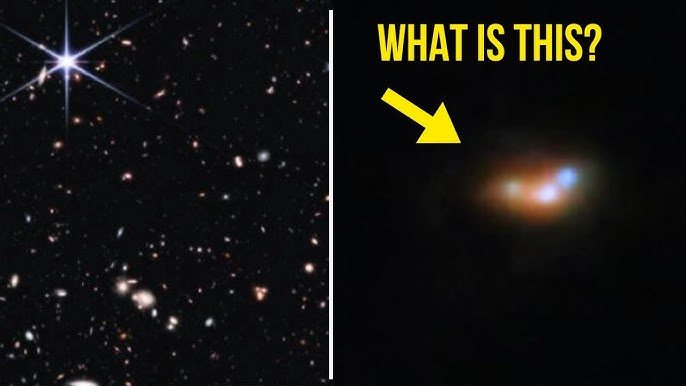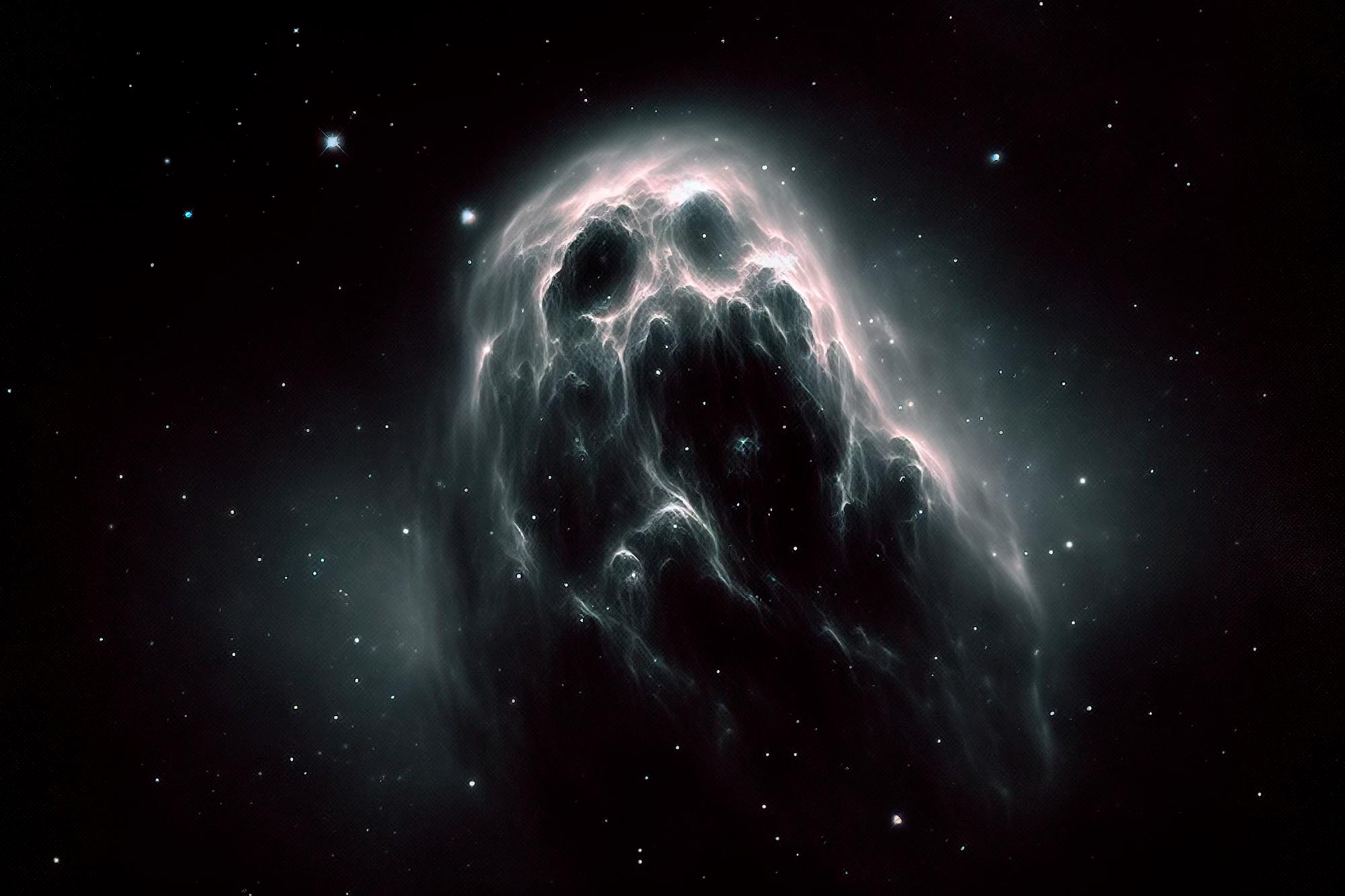James Webb Telescope Object

The James Webb Telescope Object is a powerful tool for exploring the universe. It helps scientists study distant objects in space.
This telescope offers new insights into stars, planets, and galaxies. The James Webb Telescope, launched in December 2021, has opened a new chapter in astronomy. It surpasses its predecessor, the Hubble Space Telescope, in many ways. With its advanced technology, Webb captures stunning images and gathers detailed data.
This information helps researchers understand the origins of the universe and the formation of celestial bodies. Each object observed reveals secrets about the cosmos. From distant galaxies to nearby planets, the James Webb Telescope enhances our knowledge of space. Discovering these objects can inspire curiosity and wonder about the universe we inhabit.

James Webb Telescope: A New Era In Astronomy
The James Webb Telescope is a remarkable tool for space observation. It helps scientists see faraway stars and galaxies. This telescope works in infrared light. It can see things our eyes cannot. This ability allows it to explore dusty regions of space.
Its large mirror collects more light than smaller telescopes. This means clearer images from great distances. Advanced cameras and spectrographs give detailed information. Scientists learn about the chemicals in stars and planets.
With the James Webb Telescope, we can study the early universe. It shows how galaxies formed and changed over time. This knowledge helps us understand our own galaxy better.
Mission Objectives: Beyond Hubble’s Legacy
The James Webb Telescope aims to study the early universe. It helps us understand how stars and galaxies formed. This mission looks deeper into space than ever before.
Key scientific goals include:
- Observing the first galaxies that formed after the Big Bang.
- Studying the birth of stars in dust and gas clouds.
- Understanding planet formation around young stars.
- Examining the atmospheres of exoplanets for possible life.
These goals will help scientists learn more about our universe. The telescope can see light from very distant objects. This gives us a clearer picture of space history.
Unlocking The Mysteries Of Star Formation
Stars are born in stellar nurseries. These are huge clouds of gas and dust. Inside these clouds, gravity pulls matter together. This forms clumps that grow over time. As they grow, they become hotter and denser.
When the core gets hot enough, nuclear fusion starts. This is when hydrogen turns into helium. This process gives off light and heat. The star is now alive!
Stars change as they age. They can grow larger or become smaller. Some even explode in a supernova. This spreads new materials into space. These materials can form new stars.
The James Webb Telescope helps us see these processes. It shows us details about star formation. This helps scientists learn more about how stars live and die.

Exoplanet Discovery And Analysis
The James Webb Telescope helps us learn about exoplanets. It studies their atmospheric composition and weather patterns. This data shows if a planet can support life.
Scientists examine gases like carbon dioxide, oxygen, and methane. These gases can indicate the presence of life. Weather patterns also tell us about a planet’s climate and temperature.
Habitable zones are areas around stars. They are not too hot or too cold. This means liquid water can exist. Finding planets in these zones is important for future studies.
| Aspect | Details |
|---|---|
| Atmospheric Gases | Carbon Dioxide, Oxygen, Methane |
| Weather Patterns | Climate and Temperature |
| Habitable Zone | Liquid Water Possible |
Galactic Phenomena Through Infrared Eyes
The James Webb Telescope can see through cosmic dust. It reveals hidden structures in space. With its infrared technology, it finds objects that other telescopes miss. This helps scientists learn more about galaxies and stars.
Peering through this dust opens new doors. The telescope captures light from distant galaxies. It shows how they grow and change. This helps explain the universe’s history.
Many mysteries exist in space. The James Webb Telescope helps solve them. By studying hidden details, it paints a clearer picture of our cosmic home.
Data Collection And Interpretation
The James Webb Telescope uses advanced imaging techniques. These techniques help in capturing clear images of distant objects. They include infrared imaging and sensitive sensors. This allows scientists to see what was hidden before.
Collaborative science programs are important for data collection. Many scientists from around the world work together. They share their findings and ideas. This teamwork helps improve understanding of space.
Using these methods, the telescope collects data. This data tells us about the formation of stars and galaxies. It also helps study the atmospheres of exoplanets. All this information is vital for space research.
Challenges And Successes
The James Webb Telescope faced many engineering hurdles. These challenges tested the team’s skills and patience. They needed to build a mirror that was both large and lightweight. Each piece had to fit perfectly. This required advanced technology and careful planning.
Despite these issues, the team reached key operational milestones. They completed the launch successfully. The telescope also reached its destination, L2, without problems. It began its first observations on time. Each step showed the team’s hard work paid off.
Every challenge made the team better. They learned important lessons. This helped them prepare for future missions. The success of the James Webb Telescope is a true team effort.
Impact On Human Understanding Of Space
The James Webb Telescope helps us learn more about space. It shows us distant galaxies and stars. This makes people curious about the universe. Many schools use its images for learning. Students become interested in science and technology. It encourages them to explore new fields.
Art and stories also benefit from this telescope. Artists create beautiful works based on its images. Writers find new inspiration in the discoveries. This helps spread knowledge and wonder about space.
Future research will focus on many areas. Scientists will study exoplanets for possible life. They will investigate the formation of galaxies. New missions may build on Webb’s work. The journey of discovery continues.

Frequently Asked Questions
What Is The Strange Object In The James Webb Telescope?
The strange object in the James Webb Telescope’s images is often a cosmic phenomenon, like distant galaxies or nebulae. These fascinating visuals provide insights into the universe’s structure and formation. Each observation helps scientists expand their understanding of space and time.
What Did The James Webb Telescope Find?
The James Webb Space Telescope discovered new exoplanets, observed distant galaxies, and provided insights into star formation. It captured detailed images of celestial objects, revealing their composition and structure. Webb’s findings enhance our understanding of the universe and its origins, making significant contributions to astronomy.
Did James Webb Telescope Detect Alien Ships?
The James Webb Space Telescope has not detected any alien ships. Its primary mission focuses on studying celestial bodies and the universe’s formation. Claims of alien ships lack scientific evidence and remain speculative. Observations aim to enhance our understanding of space rather than confirm extraterrestrial technology.
What Were The Craziest Discoveries Of The James Webb Telescope?
The James Webb Telescope Object uncovered distant galaxies formed just 300 million years after the Big Bang. It detected water vapor in exoplanet atmospheres and revealed intricate details of star formation. These discoveries challenge our understanding of the universe’s evolution and enhance knowledge of planetary systems.
Conclusion
The James Webb Telescope Object opens doors to new discoveries. It helps us understand the universe better. Each object it observes tells a unique story. Scientists can learn about stars, galaxies, and planets. This knowledge deepens our connection to space. The telescope inspires curiosity and wonder in all of us.
As we explore, we find answers to age-old questions. The journey of discovery continues, revealing the beauty of the cosmos. Exciting times lie ahead for space exploration and science. Let’s keep looking up and dreaming big.






